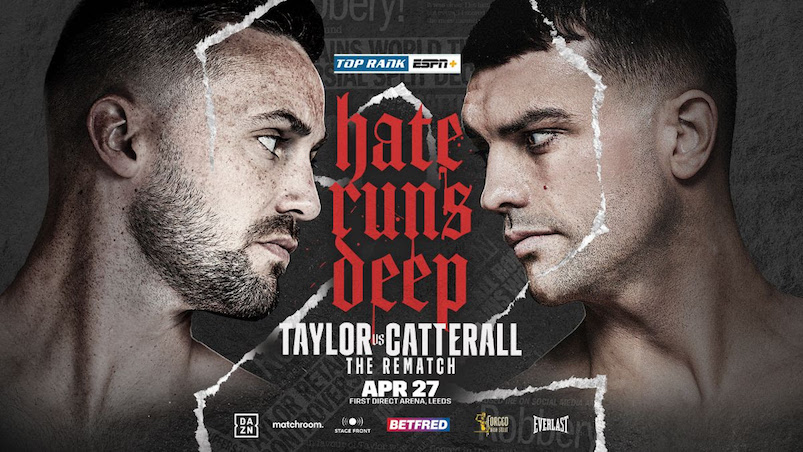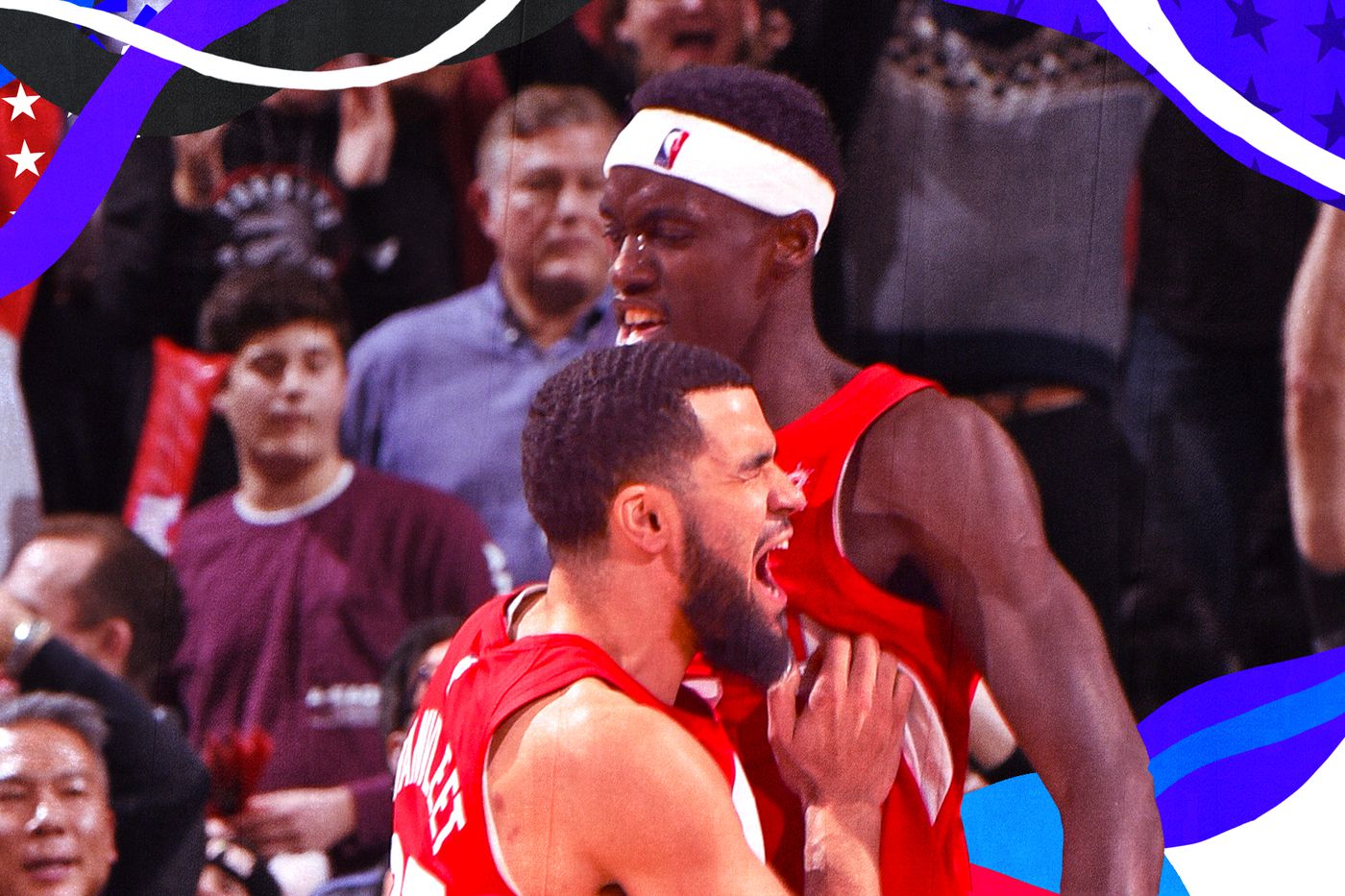Such is the case with the Toronto Raptors. Even after the loss of Kawhi Leonard to the Los Angeles Clippers, they have a nice core intact and should remain a playoff team in the Eastern Conference. While Kyle Lowry and Marc Gasol will be veteran leaders, the Raptors now revolve around much younger players. Pascal Siakam looks like a future star. Fred VanVleet came up big in the NBA Finals, averaging 14 points per game against the Golden State Warriors. Norm Powell and OG Anunoby can be solid role players.
In European club soccer, development is vital
Unlike the United States’ big four sports franchises, European soccer clubs start recruiting players at a particularly young age. Most clubs have youth teams with kids between the ages of 6 and 10. Those players get more fine tuned within the club system, and incrementally become better soccer players. If a player does well enough on any of these teams, they progress up a ladder.
As players get older, the battle for playing time gets more difficult. Sometimes players leave for different academies or get dropped from their contracts. Once players reach the highest level of the academy, usually the U21 team, clubs have to make a decision. They can either sign the player to a professional contract — playing them in the first team, or sending them on loan to a different club for more experience — or they can let the player walk as a free agent. The system is ruthless, but it also rewards teams for developing players themselves.
In European soccer, players move all the time. The transfer window is filled with crazy deals and superstars switching clubs overnight. For clubs such as Southampton in England, Borussia Dortmund in Germany, and Stade Rennes in France, having robust development systems has been a major boost in a sport that’s weighted towards those with the most money. They have been able to manage losing star talent by finding replacements on their B-teams. They develop these young talents, watch them grow on the main team for a few years, and replace them when they are moved for a huge fee to a bigger club.
The 905 are the Raptors’ own mini-academy
The Raptors 905 began operations in 2015, but they have quickly risen up the ranks to become one of the G League’s premier franchises. They have made the G League playoffs the last three seasons running, winning it all in 2016 and making the finals in 2017. Last season, they went 29-21 and tied for second in the Atlantic Division, going all the way to the conference semifinals before losing to the Long Island Nets.
The 905 couldn’t have had a bigger endorsement than the NBA Finals. Including Loyd and point guard Malcolm Miller, Raptors 905 general manager Chad Sanders notes that there were six players with 905 experience in the NBA Finals.
Siakam tore up the Warriors in transition, scoring 32 points in Game 1 and averaging 19.8 points for the series. He also scored a floater to put the Raptors up three with 26.5 seconds left in Game 6. VanVleet looked like he couldn’t miss against the Warriors, shooting 40 percent from three and knocking down a step-back jumper late in the fourth quarter of the championship clincher. For players who hadn’t made it past the NBA Conference Semifinals prior to 2019, they looked comfortable hitting clutch shots in pressure-packed moments. But Siakam and VanVleet have been through these sort of moments before in the G League Playoffs.
“I think if you look at the big shots Fred hit in Game 6 of the Finals, you can trace those back to the ones he hit back in the G League championship two years prior,” Raptors 905 head coach Jama Mahlalela tells SB Nation. “The minutes that they got and the reps that they got on the court in those relatively big moments in the G League helped them in the super big moments in the NBA.”
That big-moment experience was a result of the 905’s dedication to staying competitive. The franchise could focus on developing one or two good players to the detriment of the overall team, but the 905 aren’t afraid to spend time coaching unproven players, or taking second looks at players who were once considered potential stars. Last season, they brought in former first round picks Malachi Richardson and Wade Baldwin IV to compete for minutes. The 905 are also active in the trade market, acquiring Toronto native MiKyle McIntosh last December.
The Raptors and the 905 run similar offenses, making the transition easier for players moving back and forth between the teams. Moving to the NBA is a tough adjustment: the pace is much quicker, and players want to make an impact in the limited minutes they have.
Mahlalela is entering his second season as the 905 head coach. It’s easy to see the Raptors’ commitment to development in his own career path — Mahlalela spent five years as a Raptors assistant before taking over the G League squad.
Unsurprisingly, Raptors head coach Nick Nurse also has a strong background in nurturing talent. His career path took him to the United Kingdom before he entered the G League, where he spent four seasons coaching the Iowa Energy and two seasons with the Rio Grande Valley Vipers. Players in the 905 system draw inspiration from Nurse and his journey to the top of his profession. There’s a common understanding in the organization of the grind it takes to make it in the NBA.
“I think Nick’s experience of coaching these teams and knowing what that really looks like sort of justifies the experience,” Mahlalela says.
The physical proximity between the Raptors and the 905 also gives the organization an advantage. Many G League teams are in different cities, if not different states, from their affiliated NBA franchises. (For example, the Sioux Falls Skyforce in South Dakota are affiliated with the Miami Heat). But the 905 are located in Mississauga, only an hour drive (or 20-minute train ride) from Toronto, which helps the Raptors quickly send players back and forth for practices or games, and gives the players and coaches more familiarity with one another. That closeness is, again, similar to a European soccer in which the first team trains near the youth teams, allowing for regular interaction among everyone at every level of the organization.
“We are 20 minutes away from each other so we all are constantly in communication with everything that is going on with both sides,” Sanders says. “Everything that is happening with 905, [Raptors players, coaches, and personnel] can come to games, they can come to practices. It’s constant communication between working out of the Raptors office and out of the 905 office.”
The Raptors are set to stay ahead of the curve
The Raptors have a strong group of executives in place to ensure the 905 keep running like a well-oiled machine. Sanders took over as the 905 general manager from Dan Tolzman, who is now the Raptors assistant general manager and vice resident of basketball operations. And though there has been some recent turnover in the front office, the organization’s commitment to 905 has remained steady.
“I think it starts with [Raptors president] Masai [Ujiri] and goes to [general manager] Bobby [Webster] to Dan and down to myself, everyone has bought into the 905 system and what it can do for the organization,“ Sanders says. “Everyone cares about what’s happening with 905 and that makes it much easier for me when everyone above me hears about what’s happening.”
European soccer clubs operate in the same fashion. The sporting director, if there is one, also keeps tabs on the academies and youth teams. While not every player who comes out of those ranks ultimately plays for the first team, any player within the system is a potential star. Keeping track and investing in player growth increases the chances of unearthing another major contributor.
The 905 will always be searching for balance. On one hand, they want to remain competitive as a team and keep a fire burning in everyone in the organization. The front office keeps the overall talent level high on the roster, and players know they have to perform to keep their spots in the rotation. On the other hand, the 905 need to churn out players to help the Raptors on the court. They have done a great job of maintaining that balance thus far, making in the G League playoffs while feeding the Raptors’ title run in the NBA.
In an era of the NBA when teams like the 76ers have tanked their way into contention, the Raptors have taught the league something different: Prioritize youth and players in your own building, and you can build a championship team. Toronto’s soccer-like approach to talent has resulted in an efficient way of producing NBA players. The loss of Leonard hurts, but thanks in large part to the 905, the Raptors should be a playoff contender for the foreseeable future.



